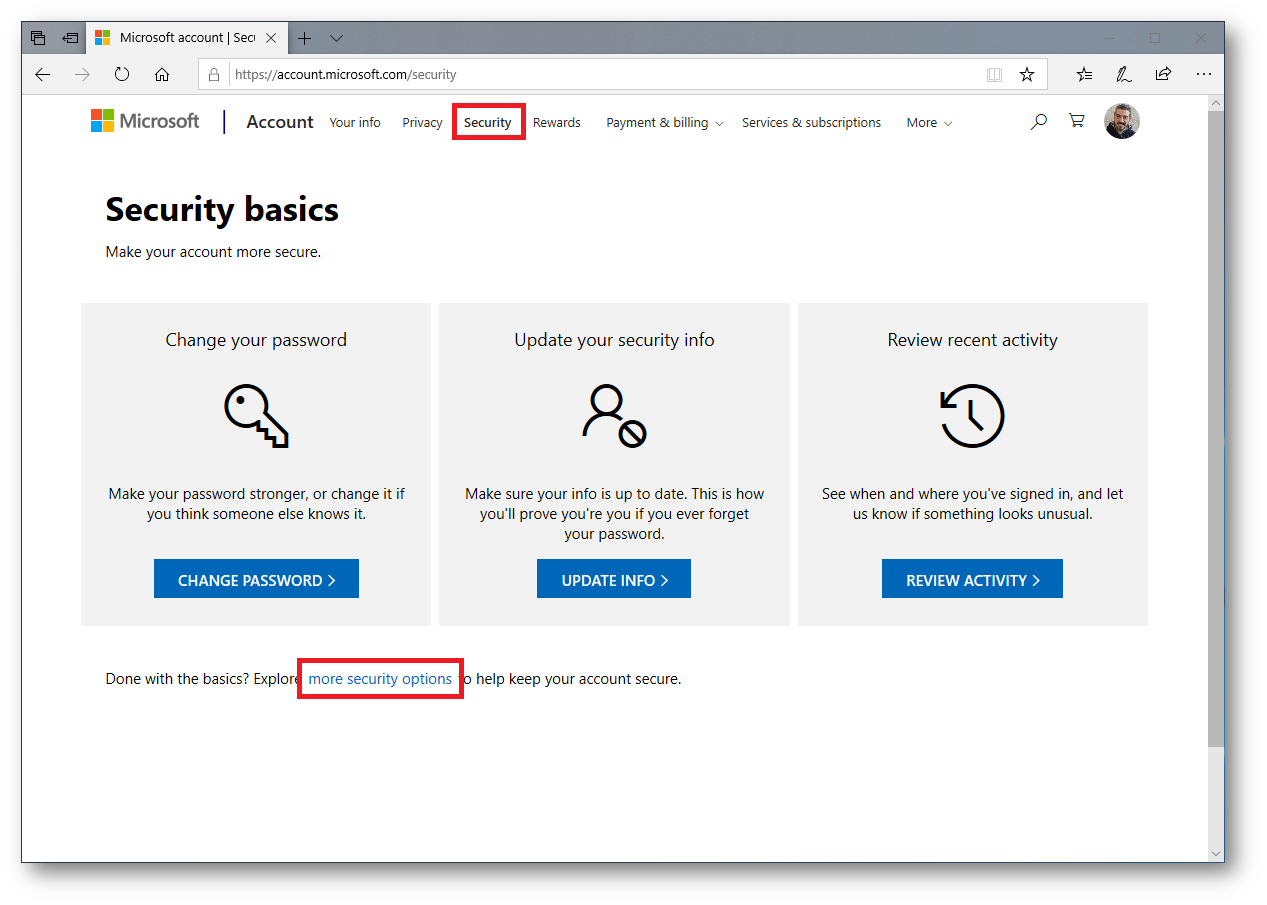


Phishing and brute force attacks using passwords would end. Criminals couldn’t breach password databases because they would no longer exist. Criminal hackers would have to have the user’s device and biometrics or PIN to log in to their account. In a passwordless age, users could enjoy the freedom of knowing that no one can steal or guess a password and log in to their accounts. And depending on the site’s security policies, they may not have to use MFA. There is nothing to remember unless users choose the PIN option, which can typically be anything they like. Then they can prove their identity using a face or fingerprint scan or a simple PIN to log in, just like they do when unlocking their device. Passwordless technology leverages the user’s device as an authentication factor as they surf to a site and select their account. No more password managers, and no more password reuse, sharing, or writing passwords down-sounds great, right? Someday end-users may need only their device and their face, fingerprint, or PIN to log into all websites. No more remembering or entering long strings of random characters to gain access. The dream of a passwordless futureĪpple, Google, and Microsoft plan a passwordless future with simple user authentication and access to apps and web sites. It’s tedious, frustrating, and time-consuming which can lead to bad password habits, like password reuse. USB security keys and authentication apps are other authentication tools.įor more end-users, that’s too many things to remember and too much activity just to access a site. Examples include user biometrics, one-time passcodes (OTP), and answers to secret questions. Standard authentication factors fall under three categories: something the user knows, something they have, or something they are. Security conscious end-users opt for multifactor authentication (MFA), which requires more proof of identity beyond the typical credentials. Today, most users must remember two things to authenticate themselves on their online accounts-a username and a password.


 0 kommentar(er)
0 kommentar(er)
